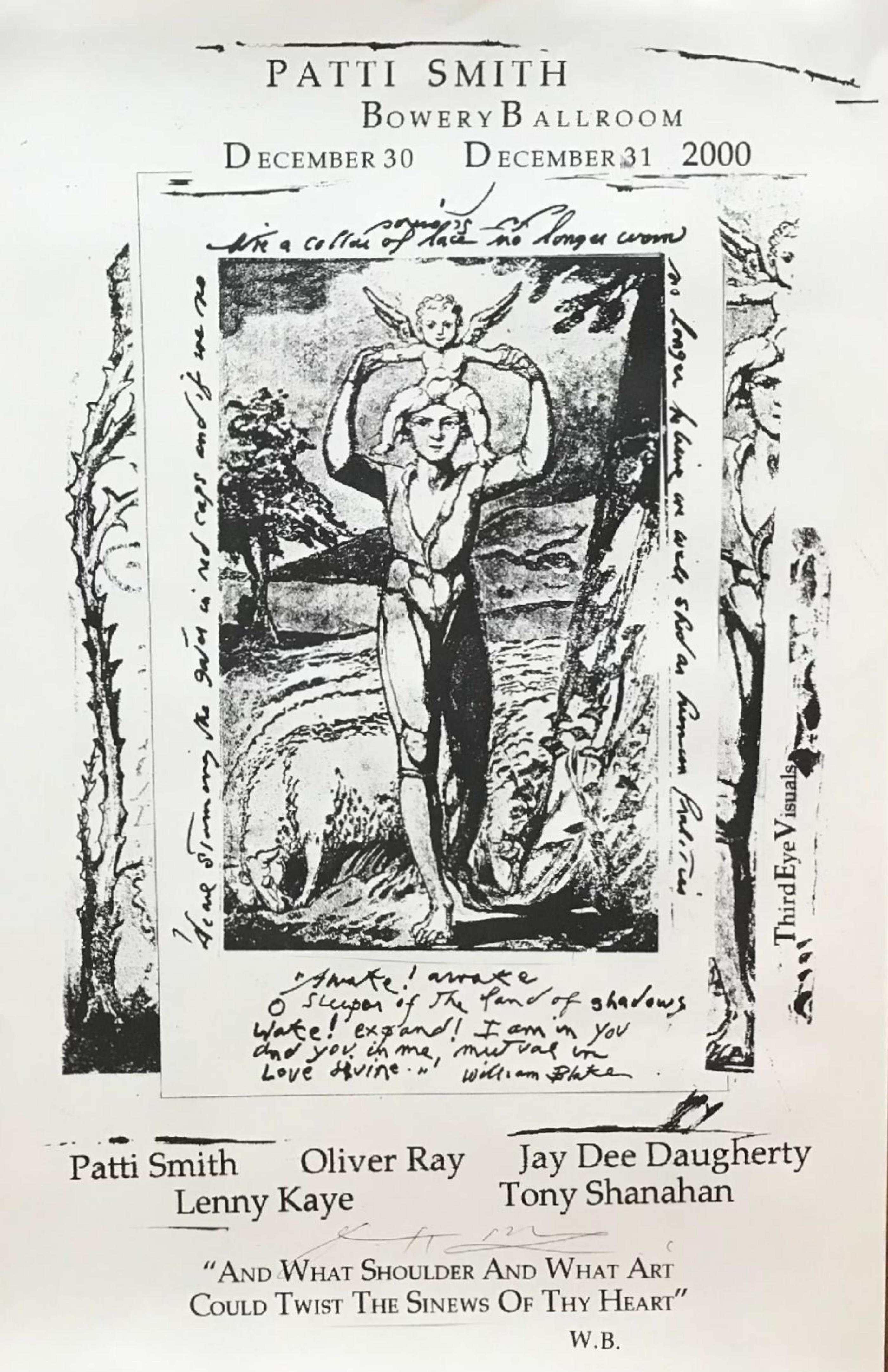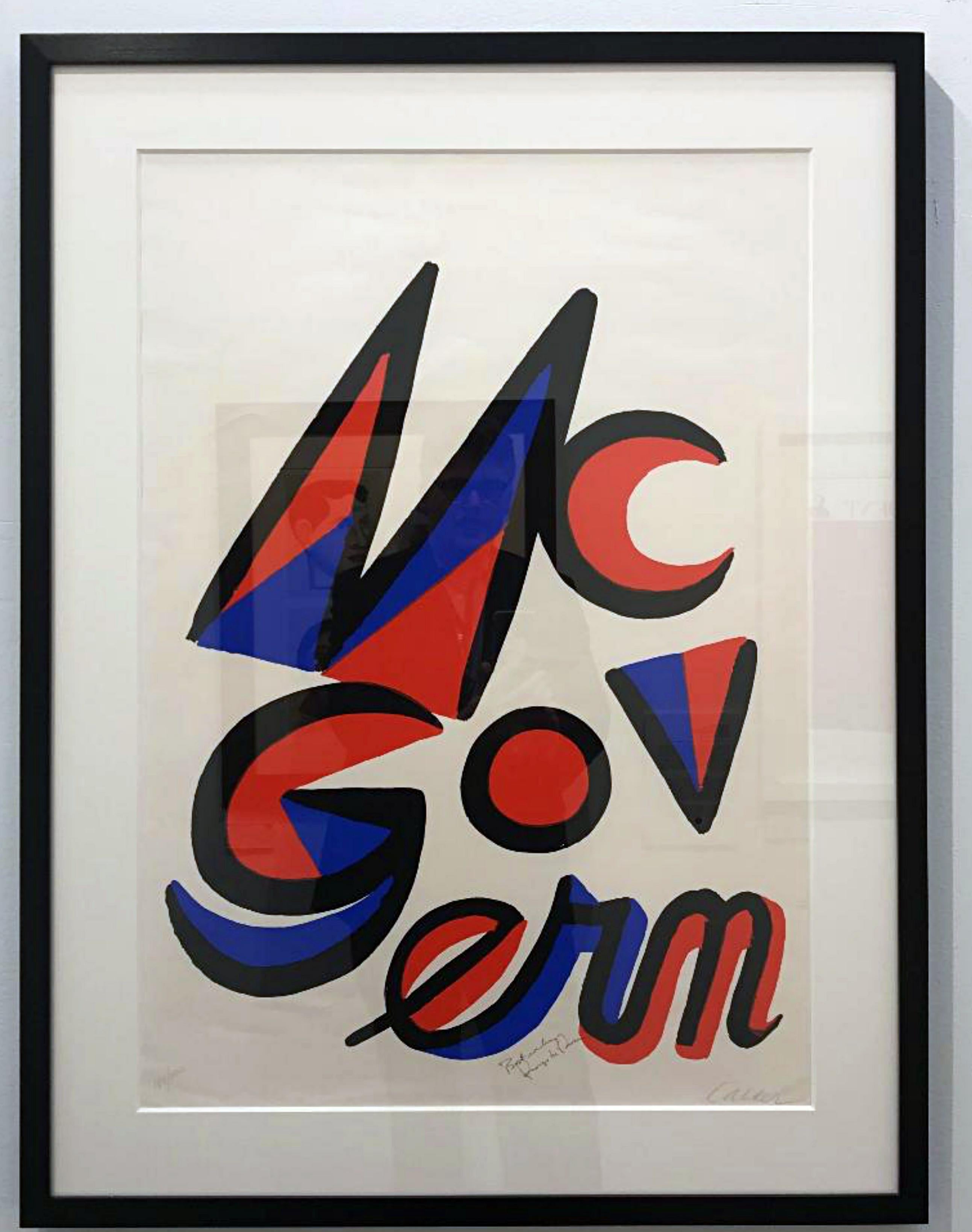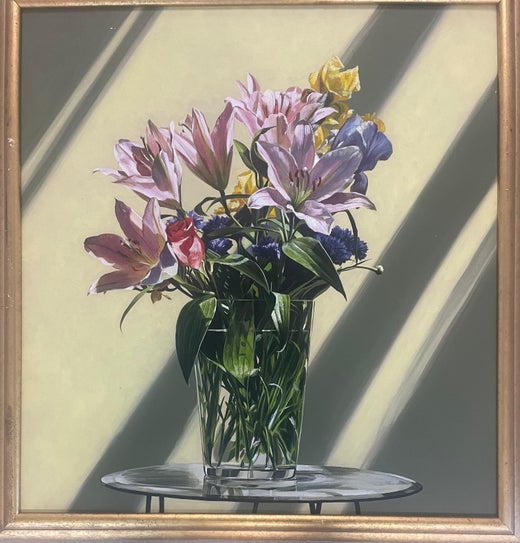Ben SchonzeitYankee Flame Pop Art photorealist Lt Ed Signed/N. Statue of Liberty US President1975
1975
About the Item
- Creator:Ben Schonzeit (1942, American)
- Creation Year:1975
- Dimensions:Height: 27 in (68.58 cm)Width: 19.3 in (49.03 cm)
- Medium:
- Movement & Style:
- Period:
- Condition:
- Gallery Location:New York, NY
- Reference Number:1stDibs: LU1745213221442
Ben Schonzeit
Ben Schonzeit was born in Brooklyn, New York in 1942. He is a graduate of The Cooper Union. He has exhibited widely both here and abroad since 1969. Schonzeit is a leading representative of the so-called Photo-Realists, who use photographs rather than reality as a basis for their paintings. He has also created works on paper from life and his imagination using a variety of mediums such as pen & ink, brush and watercolor. Schonzeit is internationally recognized as a pioneer of the Photorealist Movement (1970's) along with artists such as Richard Estes, Chuck Close, Robert Bechtle and Malcolm Morley. However, Schonzeit sets himself apart from this movement by choice and depiction of the subject matter. Schonzeit’s canvases were filled with highly magnified fruits, vegetables and flowers sometimes reproduced in a deliberately skewed, out of focus manner. His aesthetic is informed by the concurrent movements of Pop, that of color field painting, whose concerns were more formal. Schonzeit uses familiar objects as a vehicle to explore issues of color, form, content and abstraction. He is a prolific artist who embraces imagination as opposed to observation; invented rather than the depicted. Schonzeit is concerned with narrative color, abstraction, intellectual experience, drama and beauty. His work speaks of sensation, nostalgia, memory, relationships and associations unique to each viewer and each viewing. His paintings, drawings and photographs are included in the collections of many important museums around the world including the Solomon R. Guggenheim Museum, The Metropolitan Museum of Art, the Neue Nationalgalerie, Berlin, the Kunstmuseum Basel, the Denver Art Museum, and the Brooklyn Museum.
- ShippingRetrieving quote...Ships From: New York, NY
- Return PolicyA return for this item may be initiated within 1 day of delivery.
- Fun Vacation (200, Engberg) (Hand signed 13/16 by Ed Ruscha AND Kenny Scharf)Located in New York, NYEd Ruscha and Kenny Scharf Fun Vacation (200, Engberg), 1990 Lithograph in five colors on white Rives BFK paper (hand signed by BOTH Ed Ruscha and Kenny Scharf) 36 × 27 inches Hand-s...Category
1990s Pop Art Abstract Prints
MaterialsPencil, Graphite, Lithograph
- Femme de Peuple II (hand signed and inscribed to poet Robert Duncan)By R.B. KitajLocated in New York, NYR. B. Kitaj Femme de Peuple II (hand signed and inscribed to poet Robert Duncan), 1978 Offset Lithograph (hand signed and inscribed to poet Robert Duncan) Hand signed and inscribed o...Category
1970s Pop Art Figurative Prints
MaterialsGraphite, Offset, Lithograph
- Patti Smith at the Bowery Ballroom, rare hand signed poster from Gotham BookmartLocated in New York, NYPatti Smith at the Bowery Ballroom (Hand Signed), 2000 Offset Lithograph poster. Hand Signed by Patti Smith Hand signed in ink by Patti Smith lower front 20 × 14 inches Unframed Hand...Category
Early 2000s Pop Art Abstract Prints
MaterialsOffset, Pencil, Lithograph
- McGovern for McGovernment (Signed by BOTH Alexander Calder and George McGovern)By Alexander CalderLocated in New York, NYAlexander Calder McGovern for McGovernment (Signed by BOTH Alexander Calder and George McGovern), 1972 Lithograph on wove paper with deckled edges. Hand signed and Numbered by Calder, and inscribed and signed by George McGovern. Publisher's blind stamp. Pencil signed and numbered 184/200 Published by Styria Studio, New York (with blind stamp) Bibliography: George McGovern & the Democratic Insurgents: The Best Campaign and Political Posters of the Last Fifty Years (University of Nebraska Press), Hal Elliot Wert Frame included Framed in a mus...Category
1970s Pop Art Figurative Prints
MaterialsLithograph, Pencil
- Fool's HouseBy Jasper JohnsLocated in New York, NYJasper Johns Fool's House, 1972 10 color lithograph on Angoumois à la Main handmade paper on a single lithographic stone with an aluminum etching plate Pencil signed and numbered from the limited edition of 67; bears printer and publisher's blind stamp (there were nine artists proofs) Printed and published by Gemini G.E.L., Los Angeles, with master printers Serge Lozingot and Kenneth Tyler, with the blind stamp lower right Catalogue Raisonne Ref: Field 154 and Gemini G.E.L. 348 "Take an object. Do something to it. Do something else to it." - Jasper Johns "Fool's House" is one of the most admired and discussed Jasper Johns prints to emerge from the 1970s. It was based upon his eponymous 1962 painting, which was part of the Castelli Collection and subsequently on longterm loan to the Walker Art Center. (The original painting is 3-D as it features a real old broom...Category
1970s Pop Art Figurative Prints
MaterialsPencil, Lithograph
- Shicago Justus (Chicago Justice), Homage to Bobby Seale of the Black PanthersLocated in New York, NYPeter Saul Shicago Justus (Chicago Justice) from Conspiracy: The Artist as Witness, 1971 Lithograph on Arches paper Edition AP (Rare AP, aside from the regular edition of 150) Hand-s...Category
1970s Pop Art Abstract Prints
MaterialsPencil, Lithograph
- Saul Steinberg lithographic cover c.1970 (derriere le miroir)By Saul SteinbergLocated in NEW YORK, NYSaul Steinberg Derrière le Miroir: A lithographic cover published c. 1970. Well suited for framing. A fantastic vintage Saul Steinberg collectible within reach. Lithograph in color...Category
1970s Pop Art Abstract Prints
MaterialsLithograph
- 1970s Saul Steinberg lithograph (Steinberg Derrière le miroir)By Saul SteinbergLocated in NEW YORK, NYVintage Saul Steinberg Lithograph c. 1970 from Derrière le miroir: Medium & Dimensions: Lithograph in colors. 15 x 22 inches. Condition: Fold-li...Category
1970s Pop Art Figurative Prints
MaterialsLithograph
- TIMELINE DEGA MAN Signed Lithograph, Memphis-Inspired Colors Black White StripesBy Peter MaxLocated in Union City, NJTIMELINE DEGA MAN is an original hand drawn lithograph by Peter Max printed using traditional hand lithography techniques on archival paper, 100% acid free. TIMELINE DEGA MAN is a dr...Category
1990s Pop Art Abstract Prints
MaterialsLithograph
- Instant Nutriment #4, 1969 - Modern Pop Art Psychedelic PrintBy Peter MaxLocated in Soquel, CAInstant Nutriment #4, 1969 - Modern Pop Art Psychedelic Print A vintage psychedelic print, Instant Nutriment #4, 1969 by Peter Max (German, b. 1937). Unframed. Shipped Rolled in tube. Some edge wear to paper. Image: 36"H x 24"W One of the most famous of all living artist's, Peter Max is a pop culture icon. His bold colors, uplifting images and an uncommon artistic diversity have touched almost every phase of American culture and has inspired many generations. Peter Max has painted for six U.S. Presidents and his art is on display in Presidential Libraries and in U.S. Embassies. Max has painted our Lady Liberty annually since America's Bicentennial and in 2000 a collage of his Liberties adorned over 145 million Verizon phone books. Max has been named an official artist of the 2006 U.S. Olympic Team at the Winter Olympics in Turin, Italy. He has also been Official Artist of 5 Super Bowls, World Cup USA, The World Series, The U.S. Open, The Indy 500, The NYC Marathon...Category
1960s Pop Art Abstract Prints
MaterialsPaper, Ink, Lithograph
- Sigmar Polke, S. schmeckt Pfirsich von H. - 1996, Lithograph, Signed PrintBy Sigmar PolkeLocated in Hamburg, DESigmar Polke (German, 1941-2010) S. schmeckt Pfirsich von H. (S. Tastes Peach from H.), 1996 Medium: Grano-lithograph in colours with embossing, on Bütten board Dimensions: 59.1 × 77...Category
Late 20th Century Pop Art Abstract Prints
MaterialsLithograph
- Large Bus by Allen Jones classic British 1960s pop art in bright primary colorsBy Allen JonesLocated in New York, NYThis large Allen Jones lithograph is printed exuberantly in primary colors. A swath of bright red brushstrokes represents the side of a bus. In the upper left, small windows reveal the passengers: a woman’s face is cut off above her vampy red lips, and a blue-haired man’s face is hidden. Royal blue fills the upper right corner of the composition, giving the impression of looking up at a passing bus against the cloudless sky. One can imagine Jones was thinking of the iconic red double decker bus the AEC Routemaster, first introduced in London in 1954. In the 1960s buses were a living symbol of familiar and new technology coexisting: as David Bucken put it, “In and around London a midpoint change on a journey might involve alighting from an RT bus, of which production had started just prior to World War II, and getting on one of the sexy new Routemasters.” In the artist’s words: “The whole problem as a figurative artist was that it was going against the main march of modernism, which was towards abstraction. But here was a way of making the subject you were painting the same as the object you were painting on. By making the canvas a rhomboid, and putting little wheels on it, you have a schematic version of a vehicle, in this case a London bus.” Jones plays with the space between abstraction and figuration: windowed passengers, elaborated with just a few lines and placed adjacent to a weighty red ground of brushstrokes, easily convey the form of a bus, yet the print also conveys Jones’ visceral, painterly delight in color play. Four color lithograph on wove paper Paper 28.5 x 42.5 / 72.4 X 108 cm Wood frame 31 x 46 x 2 in. / 78.75 x 117 x 5 cm with 1 in. moulding Signed by the artist lower right in pencil, labeled Trial Proof lower left in pencil. Edition 20. Printed at Tamarind Los Angeles with Clifford Smith...Category
1960s Pop Art Abstract Prints
MaterialsLithograph






